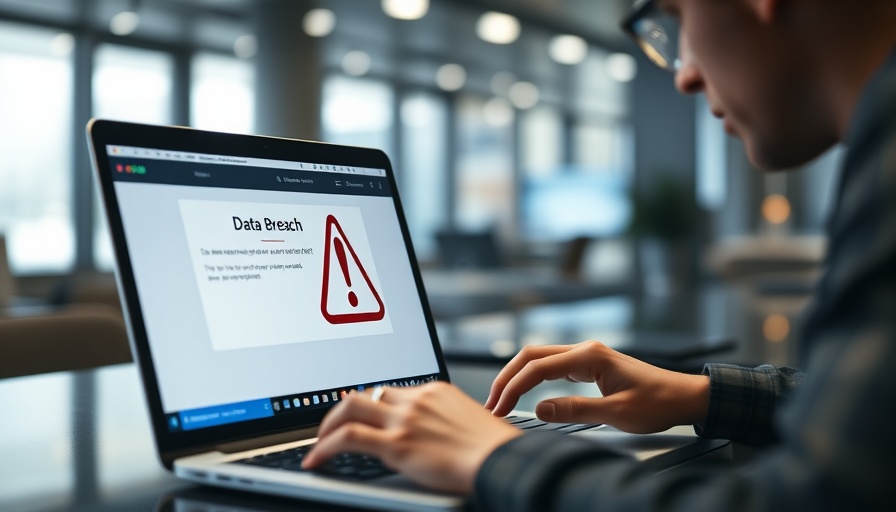
ChatGPT and the Silent Threat of Data Leaks
As artificial intelligence tools like ChatGPT and Microsoft Copilot become increasingly prevalent in workplaces, a concerning trend is emerging. A recent report by Cyera has identified these generative AI technologies as a significant source of data leaks, surpassing traditional methods such as email and cloud storage for the first time.
Statistics show that almost 50% of enterprise employees are using generative AI at work, often sharing sensitive company information without even realizing the potential risks involved. This is particularly alarming given that 77% of interactions on these platforms involve real company data. The issue is compounded by employees using personal accounts, which makes it difficult for companies to monitor data sharing.
Data Leaks: An Employee’s Oversight, Not Just External Attacks
While many security frameworks are concentrated on external assaults, this situation indicates a growing need for businesses to refocus their cybersecurity strategies. Instead of worrying solely about outside hackers, companies must acknowledge that an inadvertent action—from a simple copy and paste—by an employee can have serious repercussions. Often, employees possess good intentions, seeking to enhance their productivity by utilizing AI tools. Yet, their understanding of what constitutes sensitive data may be limited.
Why Traditional Security Tools Are Falling Short
Current cybersecurity infrastructures are designed to flag suspicious file attachments or outbound mails. However, AI conversations mimic normal web traffic, making it challenging for existing systems to detect confidential exchanges. Furthermore, a 2025 LayerX report indicates that 67% of AI interactions occur on personal accounts—reinforcing the idea that companies lack visibility into these activities.
This lack of oversight is significant as the hidden nature of these interactions can lead to data leaks that go unnoticed until it’s too late.
Practical Solutions for Protecting Company Data
Given the risks posed by unsanctioned use of generative AI, it's clear that companies need a plan to tighten their controls around the technology. Here are actionable insights to consider:
- Implement access restrictions for generative AI tools on personal accounts.
- Mandate the use of single sign-on (SSO) for company devices.
- Monitor communications for sensitive keywords and clipboard activities, treating chat interactions with the same scrutiny as file transfers.
While these measures may add an extra layer of security, the culture of awareness is also crucial. Every employee must understand the importance of what they are sharing and recognize the potential consequences of their actions.
A Culture of Awareness: The Key to Data Security
The emergence of AI at work calls for a more informed approach. Employees need to be educated about the risks associated with sharing sensitive information through chat platforms. It's essential to instill a mindset that considers the ramifications of their actions online, promoting a culture that treats all communications with the highest level of care.
Looking Forward: Balancing Productivity with Security
As companies strive to harness the full potential of AI tools, they must approach this integration thoughtfully. It is possible to achieve a balance where productivity thrives without compromising data security. By tightening controls on AI usage, enhancing visibility, and prioritizing education around the risks involved, businesses can enjoy the benefits of AI without falling victim to its vulnerabilities.
Conclusion: Taking Initiative in a Tech-Driven Landscape
In conclusion, the shift towards AI represents an exciting opportunity for growth and innovation. However, with every opportunity comes a challenge. Organizations must take proactive steps to safeguard their data, ensuring that employees understand the importance of responsible AI usage. Now is the time for leaders to consider how best to adapt their strategies to create secure workplaces that foster both innovation and protection.
For more insights into the latest trends in AI and business security, reach out to your IT department and start discussing methods for creating a robust policy around the use of generative AI in your company.
 Add Row
Add Row  Add
Add 




Write A Comment